Activated carbon adsorption is a proven air and water purification technology that has been used in various applications for decades. This technology uses the high adsorption capacity of activated carbon to remove a wide range of pollutants from air and water.
Activated carbon is a porous material made from organic materials such as coconut shells or wood, activated by a process of thermal carbonization at high temperatures. Activation creates thousands of tiny pores in the carbon grain, providing very large surface areas on which to bind contaminants.
Adsorption is a process in which molecules of a liquid or gas stick to a solid surface. This occurs due to the attraction between the particles of the liquid or gas and the surface. It is important to note that adsorption should not be confused with absorption, in which particles actually penetrate into a material.
Adsorption is used in many different applications, such as air purification, water treatment, separation of gases and removal of pollutants from wastewater. It is also used in the pharmaceutical and food industries to remove contaminants or to isolate specific components.
adsorption
The principle of adsorption is based on the fact that solid surfaces usually have countless pores that can absorb particles. The larger the surface and the larger the pores, the more particles can be adsorbed. The ability of a solid surface to adsorb particles is called adsorption capacity.
Adsorption can also be affected by various factors such as temperature, pressure, chemical composition and electrical charge. It is important to consider these factors when selecting a suitable adsorption material to ensure effective adsorption.
air purification
In air purification, activated carbon is used in the filters of air purification systems to remove a variety of pollutants, including cigarette smoke, particulate matter, pet odors, allergens and toxic gases. By adsorbing these pollutants on the surface of the activated carbon, air quality is improved and health is protected.
water treatment
In water treatment, activated carbon is used to remove chlorine, heavy metals, pesticides, drug residues and other contaminants from drinking water. This is especially important because these contaminants are often harmful to human health and can affect the taste and appearance of the water.
It is important to note that activated carbon does not have an unlimited use and must be replaced regularly to maintain its effectiveness.
In summary, adsorption is a process by which particles of a liquid or gas adhere to a solid surface caused by the attraction between the particles and the surface. It is a proven technology used in many applications to remove contaminants or isolate specific components.








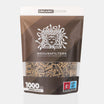




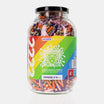









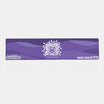

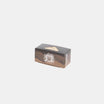



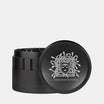





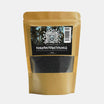


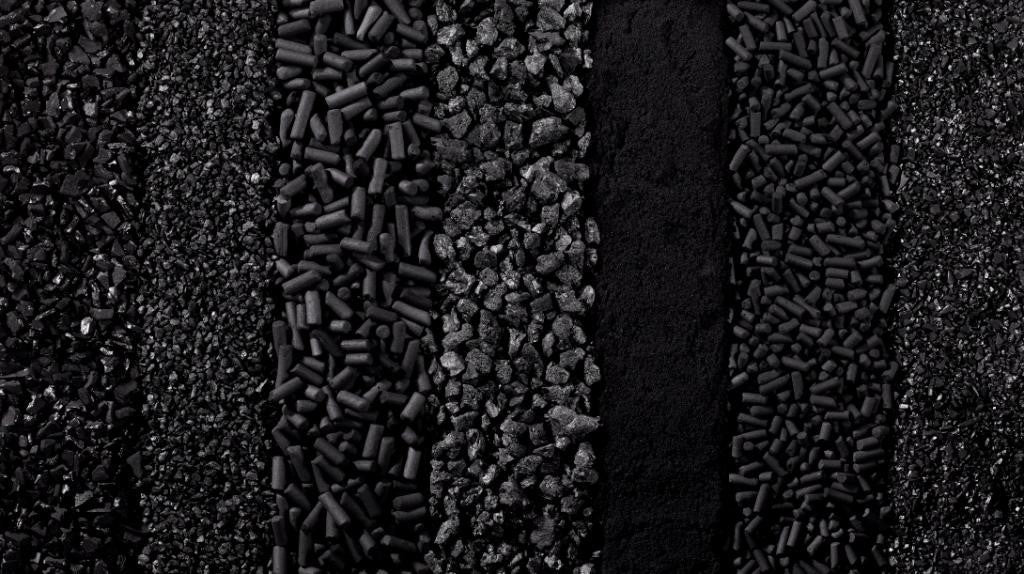

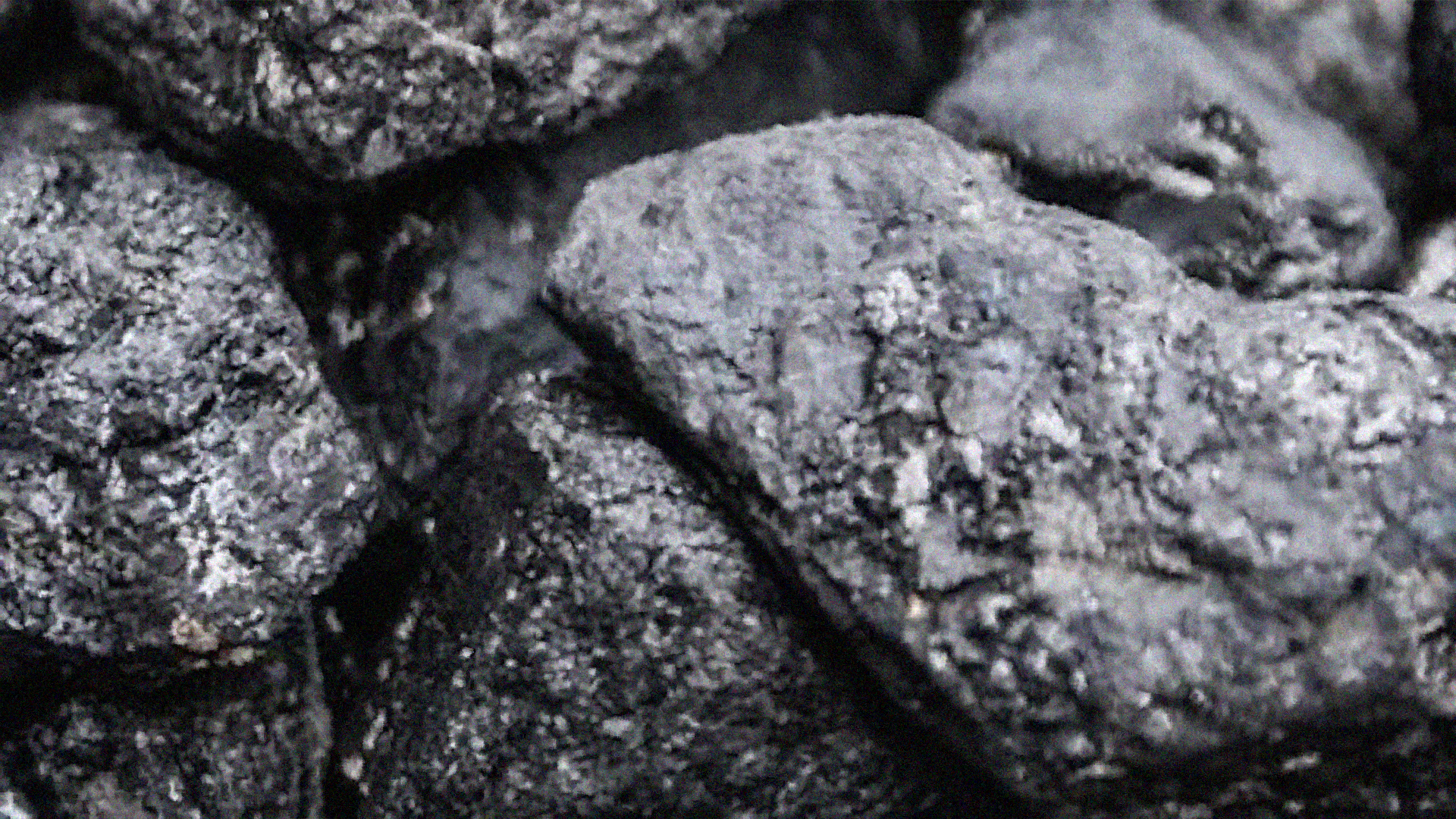
Leave a comment
This site is protected by hCaptcha and the hCaptcha Privacy Policy and Terms of Service apply.